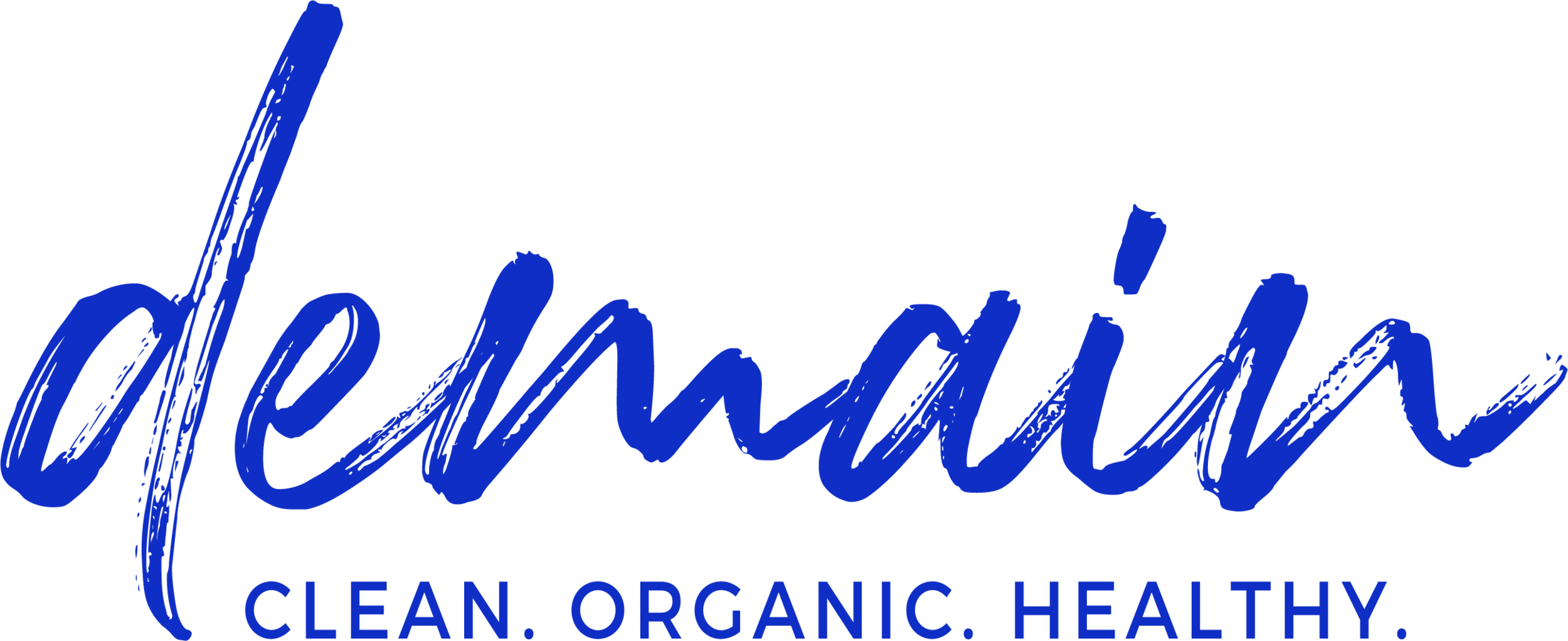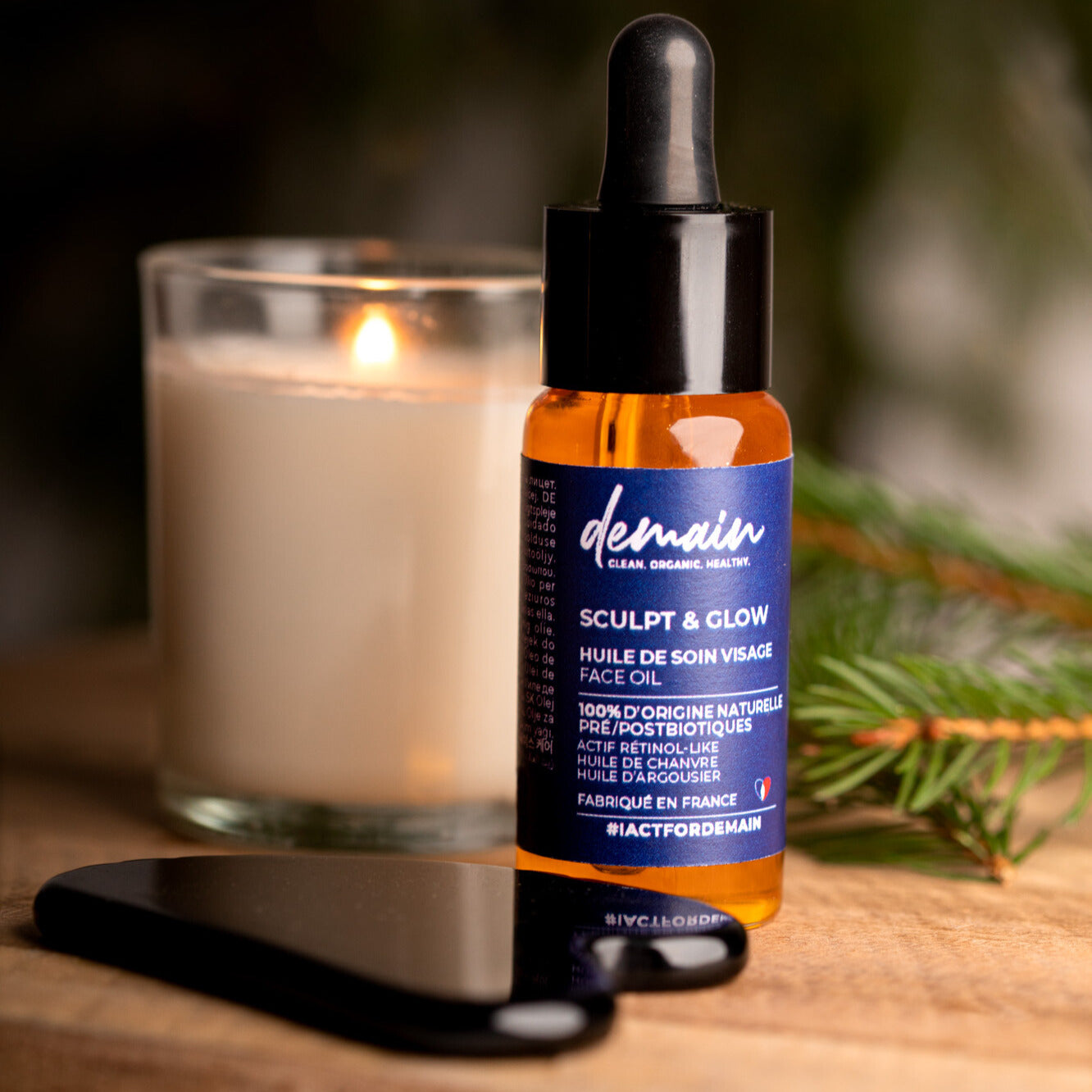"Clean Beauty" advocates for healthier beauty products, free from ingredients that are toxic to health or the environment. Our range of organic and natural cosmetics supports you in this approach.
Where does this Clean Beauty movement come from?
Clean Beauty has its origins in the United States, where cosmetic regulations prohibit 30 ingredients in the composition of products, compared to more than 1,300 in Europe.
When the news was relayed by major influencers, like Gwyneth Paltrow, Americans began to pay close attention to the ingredients in their creams. This phenomenon quickly spread to Europe and around the world.
In France, the revelation by the magazine UFC Que Choisir in March 2015 ( https://www.quechoisir.org/decryptage-produits-cosmetiques-telechargez-notre-carte-repere-des-molecules-toxiques-n11449/ ) denouncing 13 toxic or dangerous products present in our cosmetic products acted as a detonator.
This is a shock for the French, who are realizing that they can no longer trust their favorite brands. A consciousness-raising process is underway.
While sales in the cosmetics sector have stagnated in recent years, natural and organic cosmetics in France experienced 22.7% growth in 2017*.
This craze for healthier cosmetics hasn't escaped the attention of retailers, who now dedicate entire sections to the idea. New, healthier cosmetic concepts are emerging every day, and major brands are beginning to offer cleaner formulations.
But what substances should I avoid? How can I be sure that my product only wants to do me good and matches my values?
At Demain Beauty, we only manufacture 100% natural products .











